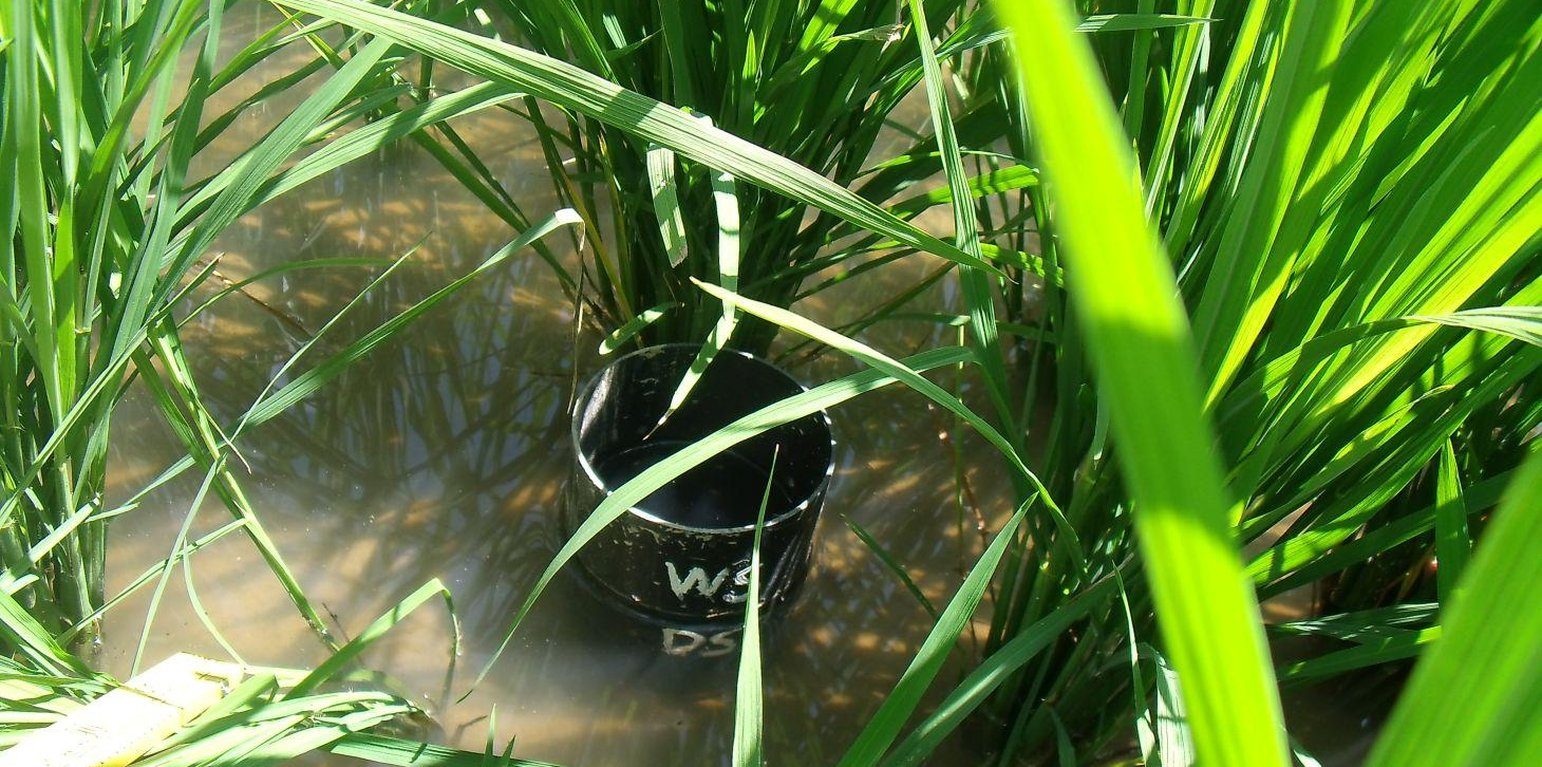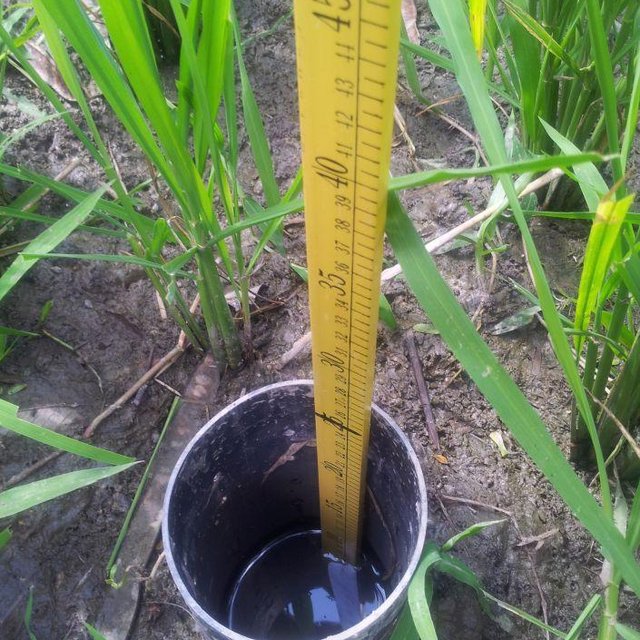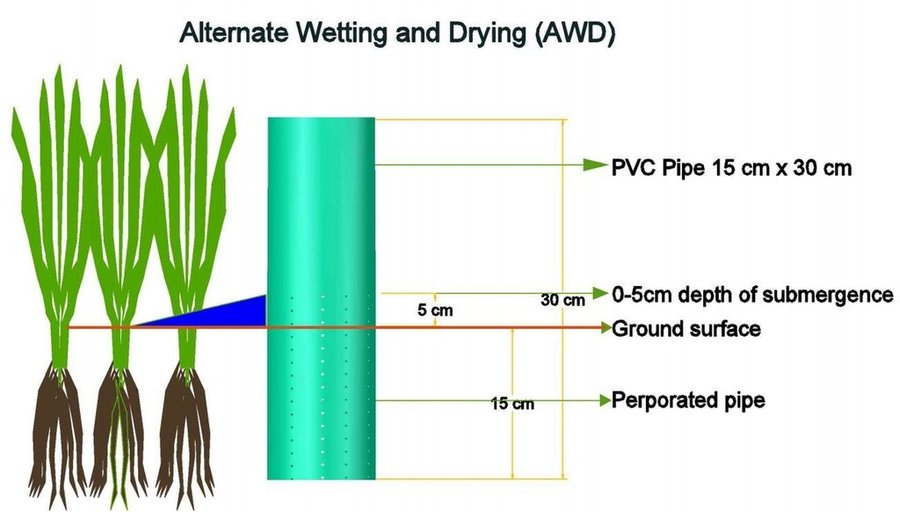

-


Location: Philippines
No. of Technology sites analysed:
Spread of the Technology: evenly spread over an area (approx. < 0.1 km2 (10 ha))
In a permanently protected area?:
Date of implementation: 10-50 years ago
Type of introduction




| Specify input | Unit | Quantity | Costs per Unit (USD) | Total costs per input (USD) | % of costs borne by land users |
| Labour | |||||
| 1.0 | 3.33 | 3.33 | 100.0 | ||
| Construction material | |||||
| 1.0 | 4.44 | 4.44 | |||
| Total costs for establishment of the Technology | 7.77 | ||||